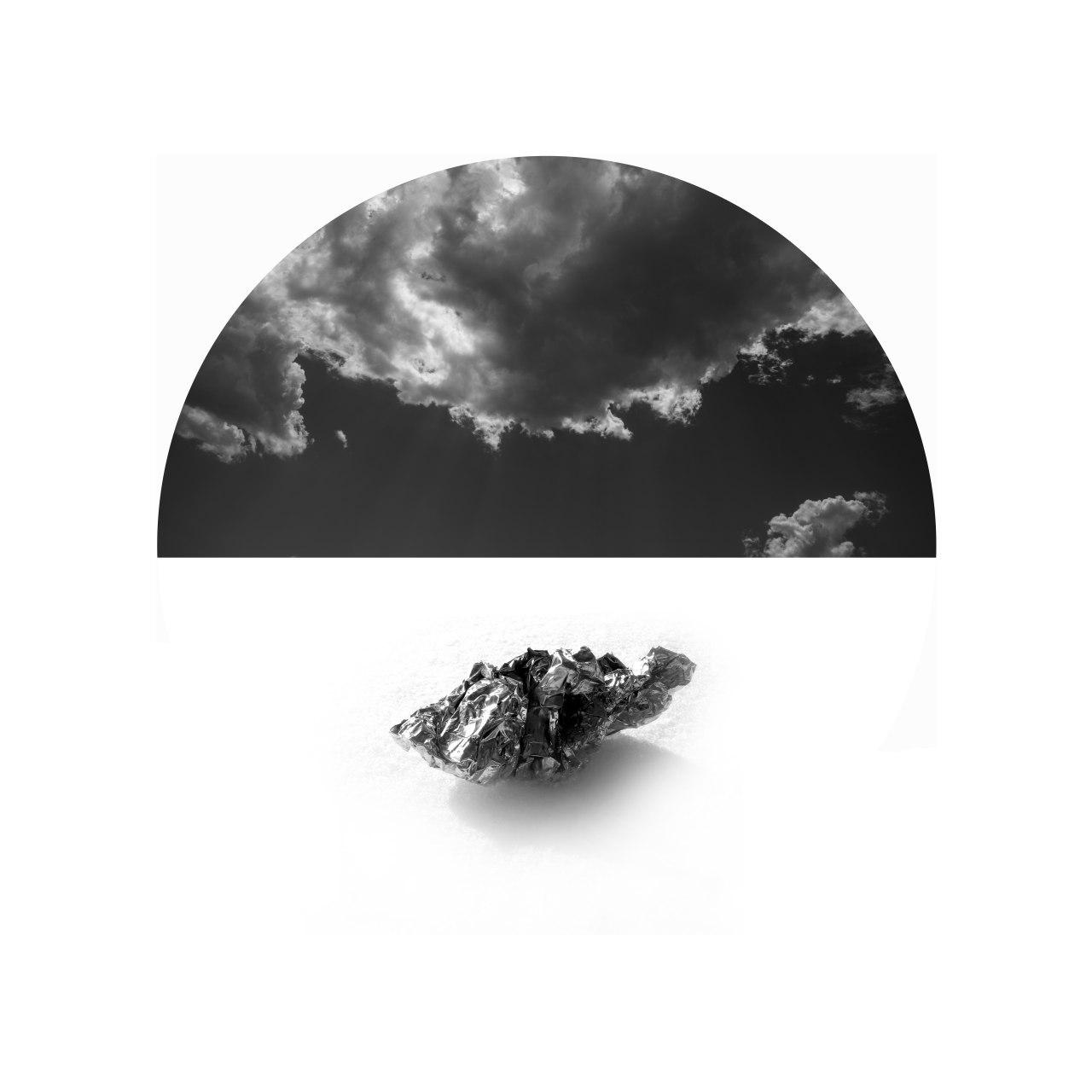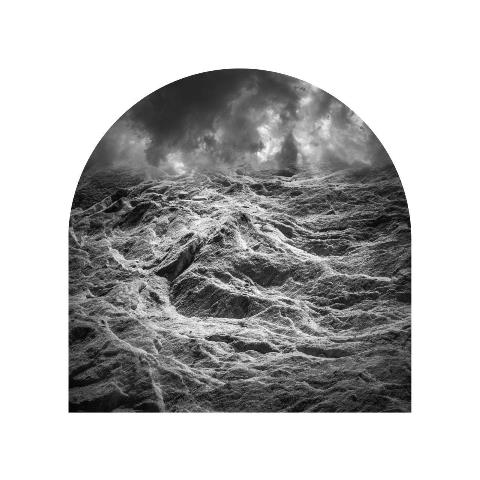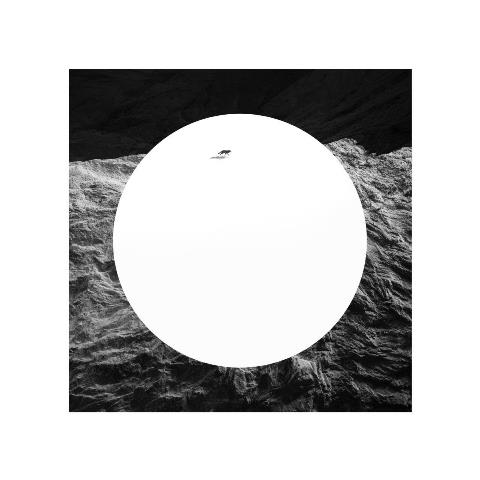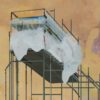Kayvan Asgari’s Photo Exhibition, Up There in Solitude and Silence
Having a look at Kayvan Asgari’s Photo Exhibition in Fereshteh Art Gallery
Up There in Solitude and Silence
Tandis site written by Maryam Roshanfekr
Nietzsche says, “What is magnificent in human is his bridge-like nature. He is a bridge, not an end!”
Human has dealt with different life concepts and definitions through his life time and has constantly come up with new ideas, definitions, and achievements on his way; this is why Foucault considers human as a “constructivist”. This creature (human) carries the burden of all his knowledge, unknowing, emotional and rational justifications under the title of constructivism.
In Kayvan Asgari’s Photo Exhibition, mountain, snow, the white, and Nietzsche’s proposition are also compounded on the truth so that they could be all joint under the title of the eye disorder “snow-blindness” and form his proposition for truth and human.
In different medical treatments for snow-blindness, the necessity of staying in solitude and darkness are suggested; this need has been demonstrated as the center of creation and nature in Asgari’s works of art: the need for a relief from the pain of truth-facing.
Asgari’s works in this exhibition differ greatly from what we know of him and his previous works which were mythical and structural; although his works are still solid and perfect in form, they have become free and escaping. They are free from searching for photo-shooting and photo-collage tools which are not his main tools in fact and also free from searching for the meaning of individual and internal issues, whose relation with the universe has been studied.
Asgari has displayed his photos in this exhibition, a collection which is titled as “snow-blindness” and includes black and white photos and photo-collages. His works are technically divided into three categories: the first group presents direct photos (nothing added to or eliminated from their scenes), the second ones are the ones which have gone through some changes via photo-collages (two or more photos have been combined) or have had some limited inconsiderable changes in their brightness, and finally the third category shows the photo-collages created with a minimal and abstract attitude (a cropped photo appears next to another cropped photo). For instance, there is a half-circle next to a human, wolf, or a cropped picture of an airplane.
Besides, Asgari has mostly placed his works in a second frame with a circular or oval shape.
The harmony existing among these three categories is due to color cut or removal; furthermore, the repetition of circular and curved shapes has also added to this harmony. In spite of their resembling visual space, the meanings behind these works are divided into two thoroughly different groups with different rational and emotional attitudes. The rational attitude sometimes appears in the form of trial and error or a formal interaction between two forms; a good illustration of this could be the compact white texture of the mountain or sky with some other items, such as human, wolf, or an abstract compact thing. However, the emotional attitude could be seen in the works which belong to another group; for example, a car in the snow, a sky full of stars in the background of a mountain, remaining footmarks on a rock salt, or a foggy mountain.
In the works belonging to the first category a considerable amount of energy is devoted to the structure and its message is set in the direct relation existing between the visual features. In other words, a sort of question is hidden in it and could be found while the photo is enlarged or shrunk, added or deleted, or the viewer’s perspective is changed. In the contrary, there is no question or response in the works which are in the second category; the photos mostly present a sudden and amazing capture of an incident; they are sometimes created directly from a moment of photo-shooting or by playing with various parts of numerous photos.
A special value is given to “depth” in Asgari’s works, and that’s why he benefits from a second frame with a curved and circular shape. Circles and semi-circle shapes add to the depth of the photo and place the viewer before a window which could be an implication referring to the world or a symbol of human’s restricted vision towards the reality; this shows that the human is looking at the world through a hole or a small window and can only have a partial access to the truth. The truth is white and snowy, and a constant stare at it can cause snow-blindness.
Artist Statement
I was lying to myself. I was deceiving myself for years with the dos and don’ts which have been deeply rooted in my spirit. I felt pleased and fortunate… as if everything was going on perfectly and I was going ahead. I was going ahead… But why was I feeling so unsecure? Why was I much in pain and lonely? Why am I so afraid? Why am I so afraid? Why am I so afraid?
I was dragging myself up the hard and cold wall of time with a heavy burden of my fears and old tired wounds on me till I reached a mountain, a cold mountain, a dead and dark mountain, a mountain in nowhere in the world. My eyes saw nothing, my eyes saw nothing, my eyes could not see anymore. And I screamed: I can’t see, I wonder how tolerant I can be to “see” the truth, I wonder why I have become so feeble facing the truth. And I heard a man singing in the silence of the cold and dark mountain: “This is a voluntary life in the ice and High Mountains, a search for all exotic and unsure affairs,”* and this is the only way “to be what you are”.
Kayvan Asgari
- * From “This is Human”, written by Friedrich Nietzsche










